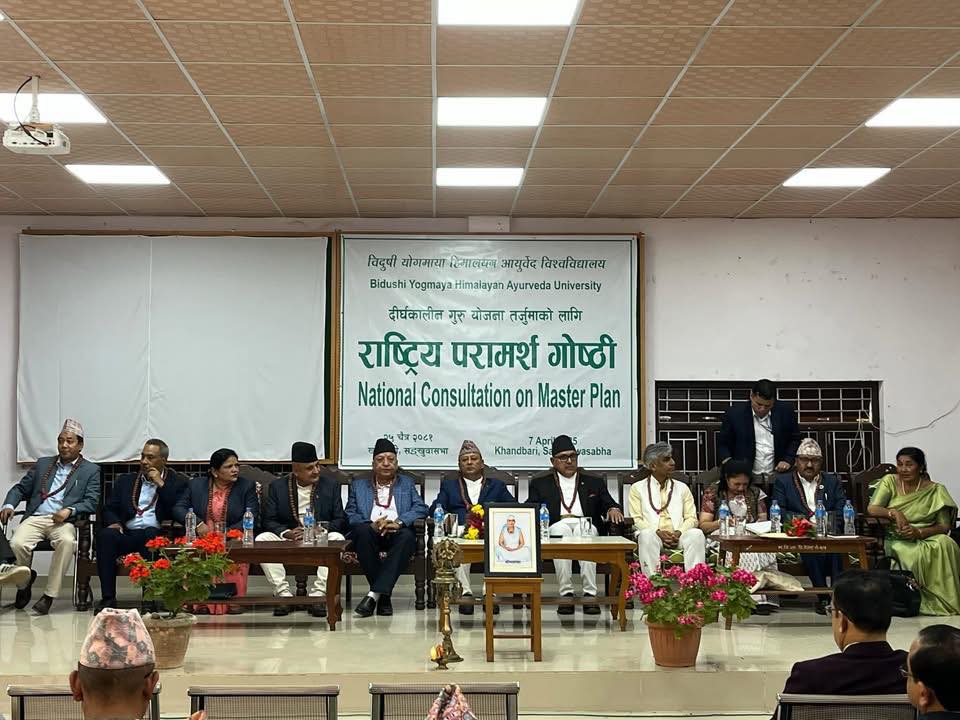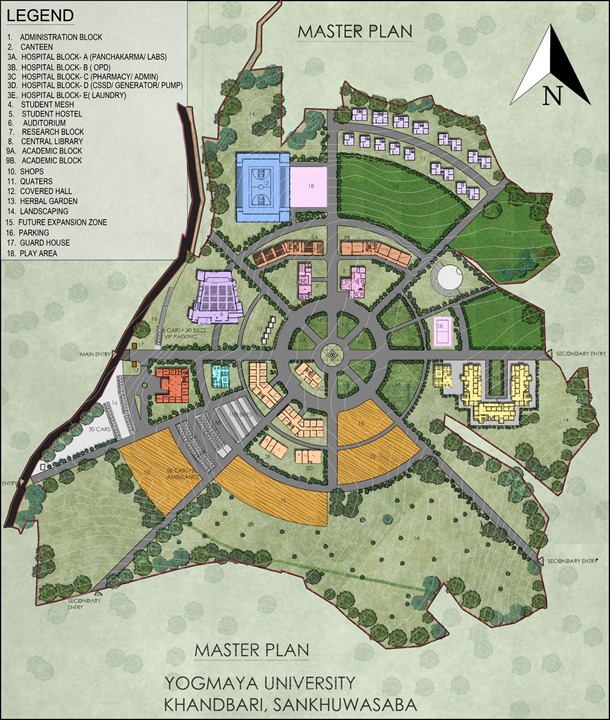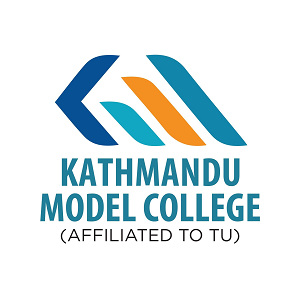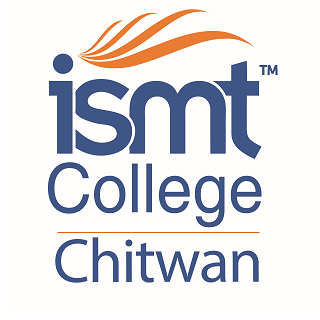Overview
Vidushi Yogmaya Himalayan Ayurveda University, located in Khadbari, Sankhuwasabha, Nepal, is a national-level institution dedicated to the academic advancement and application of Ayurvedic medicine. Established in 2025, the university operates with a strong foundation in traditional knowledge systems, particularly Ayurveda, and seeks to bridge this heritage with contemporary health sciences.
Named after Yogmaya Neupane (1860–1941), a pioneering Nepali philosopher, poet, and reformer, the university upholds values of social justice, scholarly inquiry, and holistic health education. It offers a focused academic and research platform for students, educators, and practitioners dedicated to Ayurvedic and allied sciences.
Historical and Philosophical Foundation
The university is established in honor of Yogmaya Neupane, Nepal’s first known female poet and a powerful advocate for social equality. Her activism led to landmark reforms, including the abolition of the Sati system. In 2016, the Government of Nepal recognized her contribution with a commemorative postal stamp.
Carrying forward her legacy, the university not only promotes the philosophical depth of Yogmaya’s teachings but also aligns its academic mission with equity, inclusion, and community development.

Institutional Mission
The university’s core mission is to advance Ayurveda through excellence in academic programs, rigorous research, and community-centered healthcare practices.
It supports innovation without compromising the authenticity of traditional knowledge.
Mission Statements
-
Provide high-quality education integrating Ayurvedic and modern health sciences.
-
Facilitate research that validates Ayurvedic treatments through scientific methodologies.
-
Offer accessible healthcare services rooted in Ayurveda to diverse communities.
-
Promote regional and global partnerships for academic and clinical collaboration.
Institutional Vision
The vision is to establish a globally recognized academic and research center for Ayurvedic medicine by 2030. The university aspires to develop competent professionals capable of contributing to integrated health systems in both local and international contexts.
By reinforcing the relevance of Ayurveda in addressing contemporary health challenges, the institution supports a sustainable and inclusive transformation of the healthcare system.
Campus Location and Infrastructure
The university’s physical infrastructure is being developed in two key locations:
-
Khandbari Municipality-9 (Dhungrī Bisaunā/Murmichāp): 216 ropanis of land
-
Shadanand Municipality-6 (Battar): Over 200 ropanis
These locations offer a biodiverse natural environment that is suitable for cultivating medicinal plants and conducting practical Ayurvedic education. A Detailed Project Report (DPR) is underway to ensure a systematic development plan.
Phased Development Strategy
The university’s infrastructure development is divided into four major phases from 2023 to 2029:
PhaseTimelineKey DevelopmentsI2023–2024Land acquisition, site prep, architectural designsII2024–2025Administrative block, partial academic block, staff housingIII2025–2027Research center, library, full academic block, meditation centerIV2027–2029Teaching hospital, sports grounds, landscaping, community hall
All development stages focus on sustainability and local integration.
Institutional Structure
The university is managed by an experienced academic leadership team comprising professionals from diverse backgrounds in education and health sciences.
-
President: Dr. Arjun Kumar Karki
-
Vice Chancellor: Prof. Dr. Ramesh Kumar Dhungel
-
Registrar: Dr. Dambar Chemjong
-
Dean: Prof. Dr. Pramod Bhatta
-
Research Director: Pramila Thapa, PhD
-
Administrative Director: Dhurba Bahadur Khadka
Each department is structured to ensure functional efficiency, transparency, and academic integrity.
Academic Focus
The university is committed to developing strong undergraduate and postgraduate academic programs in Ayurvedic medicine. Curricula will include both theoretical frameworks and practical exposure, guided by Nepal’s national education standards and aligned with global benchmarks.
Educational Objectives
-
Integrate Ayurvedic texts, such as the Charaka Samhita and Sushruta Samhita, with clinical training.
-
Develop elective modules on yoga, pharmacognosy, public health, and herbal pharmacology.
-
Create experiential learning through community-based health camps and herbal research.
-
Prepare students for roles in hospitals, academia, government services, and wellness centers.
Research Goals and Initiatives
A central focus of the university is to promote scholarly research on:
-
Medicinal plant identification and conservation
-
Ayurvedic pharmacology and drug development
-
Clinical trials to evaluate treatment efficacy
-
Holistic healthcare interventions for chronic diseases
Advanced research laboratories and a specialized library will serve as critical infrastructure to support evidence-based Ayurvedic science.
Community-Based Healthcare and Outreach
The university places a strong emphasis on community service. It plans to run:
-
Ayurvedic mobile health units in rural areas
-
Free consultation and herbal treatment clinics
-
Women and elderly care initiatives based on traditional health models
-
Preventive health awareness campaigns
These services will also act as practical training opportunities for students under faculty supervision.
Global and Regional Collaboration
The university aims to build academic and clinical relationships with national and international organizations, including:
-
Ayurveda colleges and research institutes in India and Sri Lanka
-
Universities offering integrative health programs globally
-
INGOs and NGOs involved in healthcare access and traditional knowledge
-
Government ministries, including Health and Education, in Nepal
The goal is to promote research exchange, curriculum development, and international accreditation of its programs.
Campus Features and Sustainability Plans
The university development plan integrates Ayurvedic design principles and modern environmental considerations:
Key Features
-
Herbal Gardens: For cultivating over 100 species of native medicinal plants.
-
Teaching Hospital: To provide hands-on clinical training and community services.
-
Green Campus Design: Solar power, water harvesting, and waste management systems.
-
Accessibility Infrastructure: Fully inclusive design with ramps and elevators.
-
Wellness Center: Yoga and meditation hall for students, staff, and community members.
These features ensure both functional utility and harmony with the Himalayan ecosystem.

Strategic Goals (2025–2030)
-
Academic Excellence: Launch structured degree programs in Ayurveda with clinical, research, and elective modules.
-
Research Leadership: Establish a dedicated research wing with peer-reviewed publications and clinical validation studies.
-
International Outreach: Build academic partnerships, host conferences, and seek global recognition for degrees and diplomas.
-
Sustainable Campus: Implement green architecture and holistic wellness infrastructure that aligns with Ayurvedic values.
-
Community Impact: Expand mobile clinics and low-cost healthcare to rural and underserved populations.
Institutional Values
The institution is anchored in a value system that shapes its academic and operational ethos:
-
Authenticity: Preservation of classical Ayurvedic doctrines with modern relevance.
-
Holism: Emphasis on integrated education and treatment, considering the individual and the environment.
-
Inclusivity: Open academic environment for diverse learners and stakeholders.
-
Compassion: Ethical practices in patient care, teaching, and research.
-
Inquiry: Critical engagement and continuous learning within and beyond Ayurveda.
-
Innovation: Practical application of Ayurvedic wisdom in new health contexts.
Future Outlook
With a strong foundation in traditional philosophy and a forward-facing institutional strategy, Vidushi Yogmaya Himalayan Ayurveda University is set to become a regional leader in Ayurveda and integrative health sciences.
By 2030, the university aims to produce graduates who can contribute to diverse health systems and research communities, both in Nepal and internationally.
Conclusion
Vidushi Yogmaya Himalayan Ayurveda University reflects Nepal’s growing commitment to advancing traditional medicine in structured, research-backed, and inclusive ways. Its dedication to academic precision, social responsibility, and environmental consciousness offers a model of higher education rooted in cultural wisdom and modern relevance.
As the campus expands, it is positioned to serve as a reference institution for students, researchers, and policymakers interested in sustainable healthcare, indigenous knowledge systems, and integrative education.











